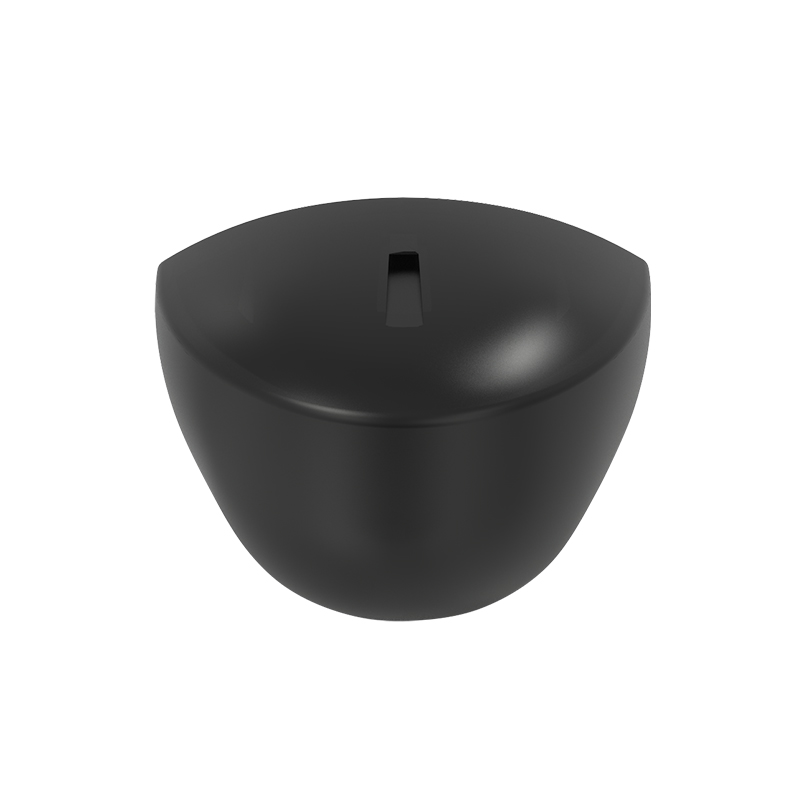What steps are involved in the testing and calibration of automatic door sensors to ensure consistent operation and minimize false detections?
Automatic door sensors are a crucial component of modern buildings, providing seamless access for individuals while maintaining energy efficiency and security. However, to ensure their consistent operation and minimize false detections, it is essential to regularly test and calibrate these sensors. Here, we delve into the steps involved in this crucial process.

1. Initial Inspection
The first step in testing and calibration is a thorough inspection of the sensor and its surrounding environment. This involves checking for any physical damage, dirt accumulation, or obstructions that could affect the sensor's performance. Additionally, the inspector needs to assess the installation position, ensuring it is not exposed to direct sunlight or other sources of interference.
2. Functional Testing
Functional testing involves verifying the basic operation of the sensor. This includes checking the sensor's ability to detect the presence of a person or object and trigger the door's opening and closing mechanisms accordingly. This step also involves testing the sensor's response time and sensitivity to ensure they are within acceptable ranges.
3. Calibration Process
Calibration is a crucial step in ensuring the accuracy of the sensor's detection. This process involves adjusting the sensor's internal settings to optimize its performance based on the specific environmental conditions. For instance, if the sensor is installed in a high-traffic area, the calibration process might involve adjusting the sensitivity to minimize false detections caused by passing pedestrians.
Calibration can also include adjusting the sensor's angle of detection and the threshold for triggering the door mechanism. This ensures that the sensor can accurately detect the intended targets while ignoring unwanted objects or movements.
4. Sensitivity Testing
After calibration, it is essential to conduct sensitivity testing to ensure the sensor is not too sensitive or insensitive. This involves testing the sensor's response to various objects and movements, such as people walking at different speeds, pushing carts, or carrying large items. The goal is to ensure the sensor can consistently detect the intended targets while ignoring minor movements or distractions.
5. Interference Testing
Interference testing is crucial to ensure the sensor's performance is not affected by external factors. This step involves testing the sensor's response to various potential sources of interference, such as electromagnetic noise, direct sunlight, or other sensors operating nearby. The goal is to identify any potential interference and take measures to mitigate its impact on the sensor's performance.
6. Documentation and Monitoring
Finally, it is essential to document the testing and calibration process, including any adjustments made to the sensor's settings. This information can be used as a reference for future maintenance or troubleshooting. Additionally, it is recommended to regularly monitor the sensor's performance over time to ensure its continued accurate operation.
In conclusion, testing and calibration are crucial steps in ensuring the consistent operation and minimizing false detections of automatic door sensors. By following the steps outlined above, building owners and maintenance personnel can ensure their automatic door systems provide reliable and efficient service for their occupants.







